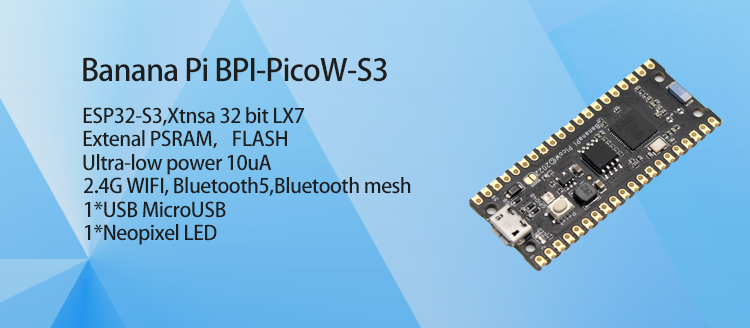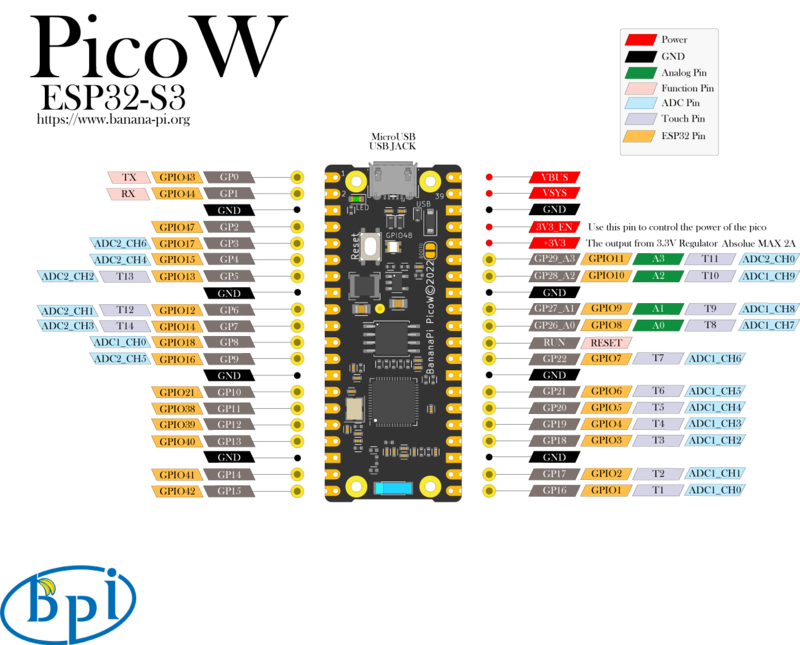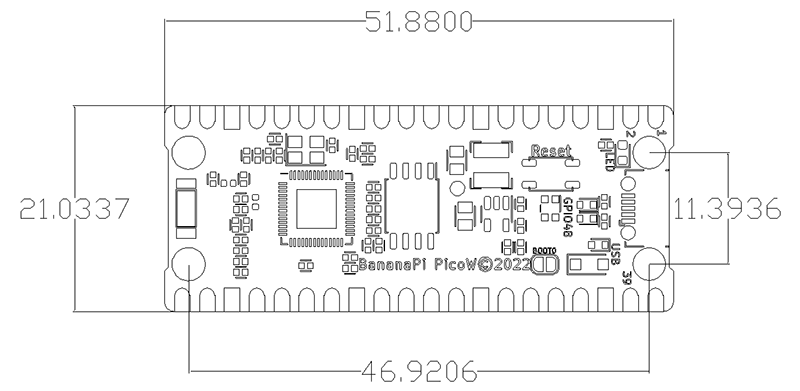BPI-PicoW-S3
Contents
About BPI-PicoW-S3
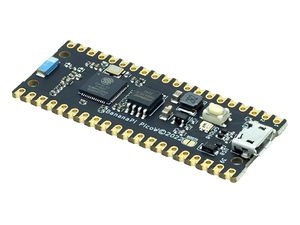
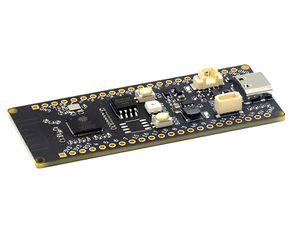
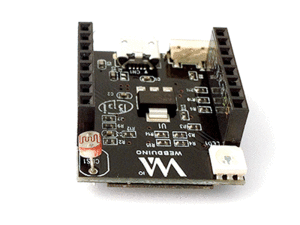
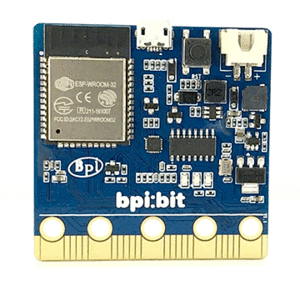
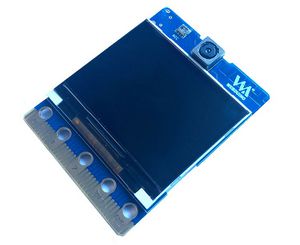
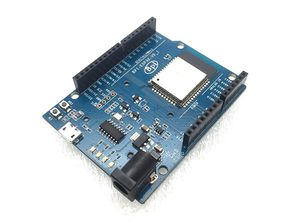
key features
- ESP32-S3,Xtensa® 32 bit LX7
- 片外 PSRAM , FLASH
- Ultra-low power 10uA
- 2.4G WIFI ,Bluetooth 5 ,Bluetooth mesh
- GPIO , ADC , TOUCH , PWM , I2C , SPI , RMT , I2S , UART , LCD,CAMERA ,USB , JTAG
- 1 * microUSB
- 1 * 全彩色LED
BPI-PicoW-S3 VS Rraspberry Pi PicoW、BPI-Leaf-S3、ESP32-S3-DevKitC-1
| 开发板 | BPI-PicoW-S3 | Rraspberry Pi PicoW | BPI-Leaf-S3 | ESP32-S3-DevKitC-1 |
|---|---|---|---|---|
| 引出GPIO | 27 | 27 | 36 | 36 |
| 3.3v管脚 | 1 | 1 | 2 | 2 |
| 5v管脚 | 2 | 2 | 1 | 1 |
| GND管脚 | 8 | 8 | 4 | 4 |
| 全彩LED灯 | 1 on GPIO48 | 无 | 1 on GPIO48 | 1 on GPIO48 |
| 芯片直连USB | MicroUSB接口x1 | MicroUSB接口x1 | Type-C USB接口x1 | MicroUSB接口x1 |
| UART TTL转USB | 无 | 无 | 无 | CP2102-MicroUSB接口x1 |
| 外接电池连接座 | 无 | 无 | 3.7v锂电池供电接口 | 无 |
| 电池充电 | 无 | 无 | 500mA充电 | 无 |
| I²C 4pin连接座 | 无 | 无 | 1 | 无 |
Espressif ESP32-S3
ESP32-S3 is a dual-core XTensa LX7 MCU, capable of running at 240 MHz. Apart from its 512 KB of internal SRAM, it also comes with integrated 2.4 GHz, 802.11 b/g/n Wi-Fi and Bluetooth 5 (LE) connectivity that provides long-range support. It has 45 programmable GPIOs and supports a rich set of peripherals. Compared with ESP32, it supports larger, high-speed octal SPI flash, and PSRAM with configurable data and instruction cache.
What follows is a description of the most important features of ESP32-S3.
- Wi-Fi + Bluetooth 5 (LE) Wireless Connectivity: ESP32-S3 supports a 2.4 GHz Wi-Fi (802.11 b/g/n) with 40 MHz of bandwidth support. The Bluetooth Low Energy subsystem supports long range through Coded PHY and advertisement extension. It also supports higher transmission speed and data throughput, with 2 Mbps PHY. Both Wi-Fi and BLE have superior RF performance that is maintained even at high temperatures.
- AI Acceleration Support: ESP32-S3 has additional support for vector instructions in the MCU, which provides acceleration for neural network computing and signal processing workloads. The software libraries for the above-mentioned optimized functions will become available very soon, in the form of updates to ESP-WHO and ESP-Skainet.
- Rich Set of IO Peripherals: ESP32-S3 has 44 programmable GPIOs, namely 10 more GPIOs than those of ESP32. ESP32-S3 supports all the commonly-used peripherals, such as SPI, I2S, I2C, PWM, RMT, ADC and UART, SD/MMC host and TWAITM. In total, 14 GPIOs can be configured as capacitive touch input for HMI applications. Apart from all these peripherals, however, ESP32-S3 is also equipped with an ultra-low-power (ULP) core that supports multiple low-power modes in a variety of such use-cases.
- Security:ESP32-S3 provides all the necessary security requirements for building securely connected devices, without requiring any external components. It supports AES-XTS-based flash encryption and RSA-based secure boot. In addition, ESP32-S3 has a digital signature peripheral and an HMAC module, which provide functionality that is similar to the hardware secure element, thus protecting the private or symmetric key from software attacks and identity theft. ESP32-S3 also has a “World Controller” peripheral that provides two fully-isolated execution environments, which enable the implementation of a trusted-execution environment or a privilege-separation scheme.
Hardware
Hardware interface
Hardware spec
| BPI-PicoW-S3 规格表 | |
|---|---|
| SoC | ESP32-S3,Xtensa® 32 位 LX7 dual core |
| 主频 | 240MHz MAX |
| 工作温度 | -40℃~+85℃ |
| 片上 ROM | 384 KB |
| 片上 SRAM | 320 KB |
| 板载 FLASH ROM | 2MB |
| 片上外设PSRAM | 8MB |
| WIFI | IEEE 802.11 b/g/n ,2.4Ghz频带,150Mbps |
| 蓝牙 | Bluetooth 5 ,Bluetooth mesh |
| GPIO | BPI-PicoW-S3已引出27个可用GPIO |
| ADC | 2 × 12 位 SAR ADC,支持 18 个模拟通道输入 |
| TOUCH 电容式触摸传感器 | 14 |
| SPI | 4 |
| I2C | 2,支持主机或从机模式 |
| I2S | 2,串行立体声数据的输入输出 |
| LCD | 1,支持 8 位 ~16 位并行 RGB、I8080、MOTO6800 接口 |
| CAMERA | 1,支持 8 位 ~16 位 DVP 图像传感器接口 |
| UART | 3 ,支持异步通信(RS232 和RS485)和 IrDA |
| PWM | 8 路独立通道,14位精度 |
| MCPWM | 2 |
| USB | 1 × 全速USB 2.0 OTG,MicroUSB母口 |
| USB Serial/JTAG 控制器 | 1,USB 全速标准,CDC-ACM ,JTAG |
| 温度传感器 | 1,测量范围为–20 °C 到 110 °C,用于监测芯片内部温度 |
| SD/MMC | 1 × SDIO主机接口,具有2个卡槽,支持SD卡3.0和3.01,SDIO 3.0,CE-ATA 1.1,MMC 4.41,eMMC 4.5和4.51 |
| TWAI® 控制器 | 1 ,兼容 ISO11898-1(CAN 规范 2.0) |
| 通用 DMA 控制器 | 5 个接收通道和 5 个发送通道 |
| RMT | 4 通道发射,4通道接收,共享 384 x 32-bit 的 RAM |
| 脉冲计数器 | 4个脉冲计数控制器(单元),每个单元有2个独立的通道 |
| 定时器 | 4 × 54 位通用定时器,16 位时钟预分频器,1 × 52 位系统定时器,3 × 看门狗定时器 |
| 外部晶振 | 40Mhz |
| RTC 和低功耗管理 | 电源管理单元 (PMU)+ 超低功耗协处理器 (ULP) |
| 低功耗电流 | 10uA |
| 工作电压 | 3.3V |
| 输入电压 | 3.3V~5.5V |
| 最大放电电流 | [email protected] DC/DC |
| 可控全彩色LED | 1 |
Size
| BPI-PicoW-S3 尺寸表 | |
|---|---|
| 管脚间距 | 2.54mm |
| 安装孔间距 | 11.4mm/ 47mm |
| 安装孔尺寸 | 内径2.1mm/外径3.4mm |
| 主板尺寸 | 21 × 51.88(mm)/0.83 x 2.04(inches) |
| 板厚 | 1.2mm |
管脚间距兼容万能板(洞洞板、点阵板),面包板,便于调试应用。
GPIO define
| BPI-PicoW-S3 外设GPIO管脚分配 | ||
|---|---|---|
| 外设接口 | 信号 | 管脚 |
| ADC | ADC1_CH0~9 | GPIO 1~10 |
| ADC2_CH0~9 | GPIO 11~20 | |
| 触摸传感器 | TOUCH1~14 | GPIO 1~14 |
| JTAG | MTCK | GPIO 39 |
| MTDO | GPIO 40 | |
| MTDI | GPIO 41 | |
| MTMS | GPIO 42 | |
| UART | 默认分配管脚,可重定义为任意GPIO | |
| U0RXD_in | GPIO 44 | |
| U0CTS_in | GPIO 16 | |
| U0DSR_in | 任意GPIO | |
| U0TXD_out | GPIO43 | |
| U0RTS_out | GPIO 15 | |
| U0DTR_out | 任意GPIO | |
| U1RXD_in | GPIO 18 | |
| U1CTS_in | GPIO 20 | |
| U1DSR_in | 任意GPIO | |
| U1TXD_out | GPIO 17 | |
| U1RTS_out | GPIO 19 | |
| U1DTR_out | 任意GPIO | |
| U2 | 任意GPIO | |
| I2C | 任意GPIO | |
| PWM | 任意GPIO | |
| I2S | 任意GPIO | |
| LCD | 任意GPIO | |
| CAMERA | 任意GPIO | |
| RMT | 任意GPIO | |
| SPI0/1 | 已用于FLASH与PSRAM | |
| SPI2/3 | 任意GPIO | |
| 脉冲计数器 | 任意GPIO | |
| USB OTG | D- | GPIO 19(内部 PHY) |
| D+ | GPIO 20(内部 PHY) | |
| VP | GPIO 42(外部 PHY) | |
| VM | GPIO 41(外部 PHY) | |
| RCV | GPIO21(外部 PHY) | |
| OEN | GPIO 40(外部 PHY) | |
| VPO | GPIO 39(外部 PHY) | |
| VMO | GPIO38(外部 PHY) | |
| USB Serial/JTAG | D- | GPIO 19(内部 PHY) |
| D+ | GPIO 20(内部 PHY) | |
| VP | GPIO 42(外部 PHY) | |
| VM | GPIO 41(外部 PHY) | |
| OEN | GPIO 40(外部 PHY) | |
| VPO | GPIO 39(外部 PHY) | |
| VMO | GPIO38(外部 PHY) | |
| SD/MMC | 任意GPIO | |
| MCPWM | 任意GPIO | |
| TWAI | 任意GPIO | |
| 彩色LED | GPIO 48 | |
Software
ESP-IDF
ESP-IDF 是乐鑫官方推出的物联网开发框架,支持 Windows、Linux 和 macOS 操作系统。
建议开发者通过集成开发环境 (IDE) 安装 ESP-IDF:
- GitHub: ESP-IDF Eclipse 插件安装与使用指南
- ESP-IDF VSCode 插件 | GitHub: 安装与使用指南 | bilibili:ESP-IDF VSCode 插件快速操作指南
或者根据操作系统选择对应的手动安装流程:
API:
为了使你的BPI-Leaf-S3开发板可以通过USB-CDC刷写FLASH,需要设置开发板为固件下载模式。
有两种操作方法:
1.通过USB连接到电脑,按住BOOT键,再按一下RESET键并松开,最后松开BOOT键。
2.在断开供电的条件下按住BOOT键,再通过USB连接到电脑,最后松开BOOT键。
需要在设备管理器中确认接口,固件下载模式与普通模式下的接口序号可能是不一样的。
MicroPython
MicroPython实现了大部分Python 3 特性和语法,易学易上手,验证程序效果无需编译直接下载进芯片运行。
无论是否有编程基础,MicroPython的上手难度绝对远低于其他编程语言,其代码易读性高,且开源社区有多年积累的丰富资源,就如同Python一样拥有极强的生命力与应用价值。
Arduino
Arduino 是一个开源嵌入式软硬件开发平台,用来供用户制作可交互式的嵌入式项目。
Resources
Easy to buy sample
- 官方速卖通:
- 官方淘宝:
- OEM&OEM 定制服务 : [email protected]
